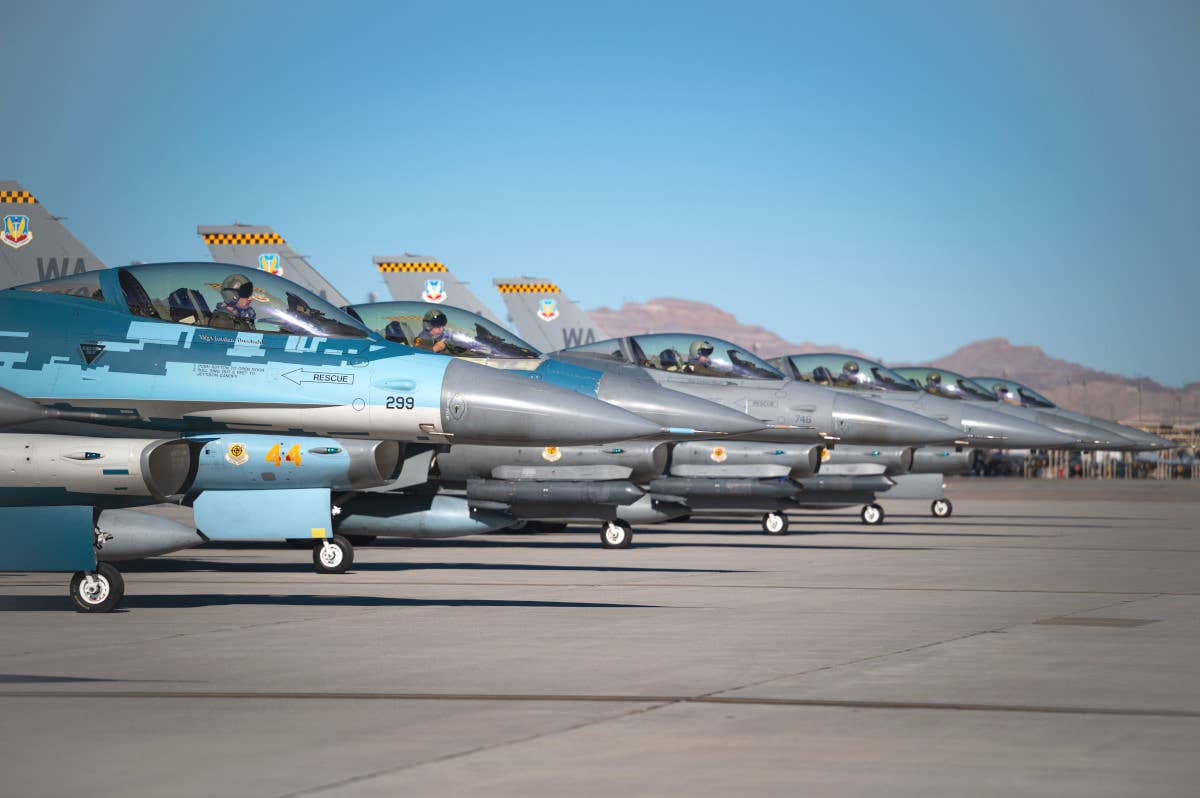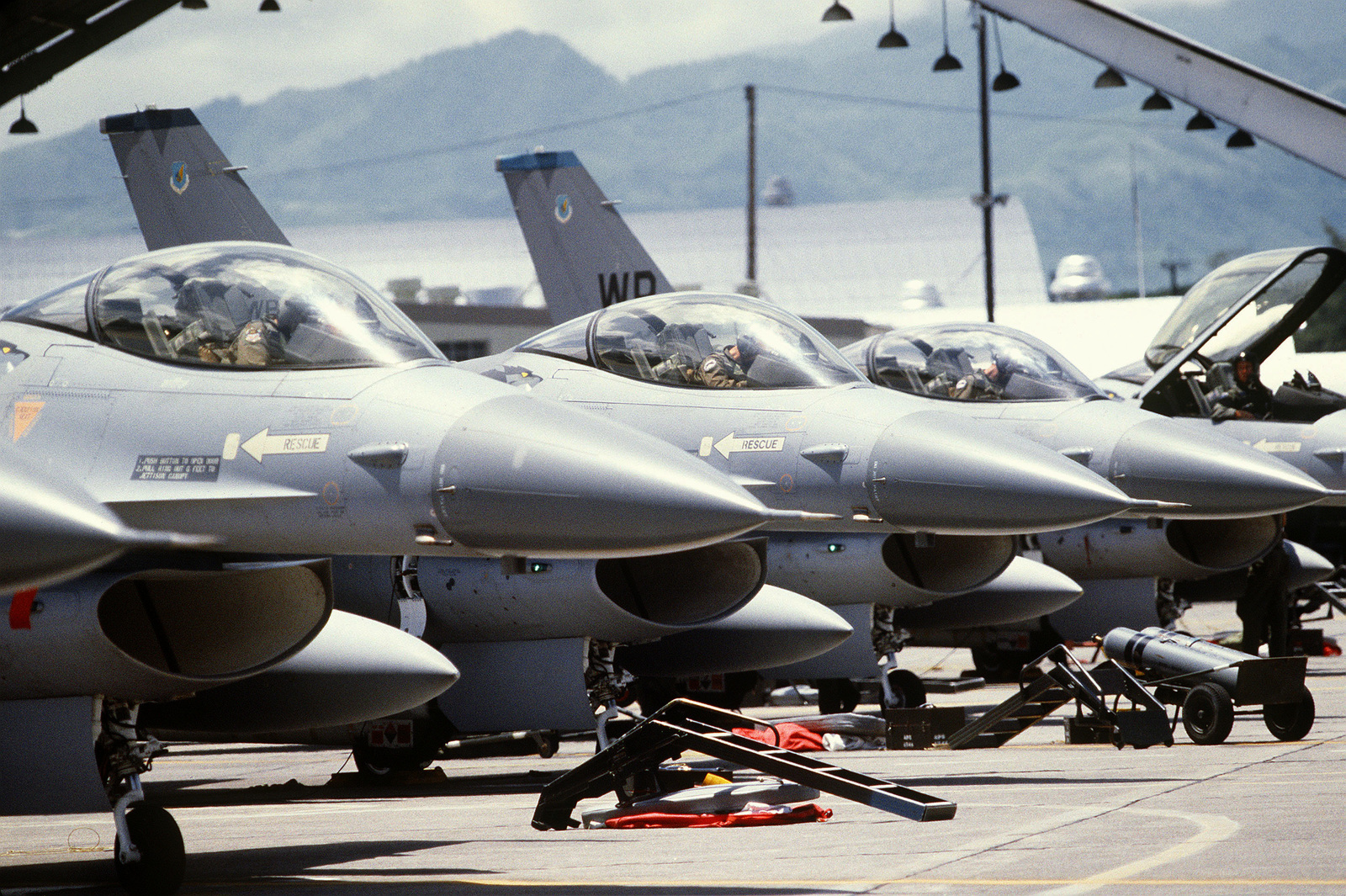Germany’s participation in the possible international supply of F16 fighter jets to Ukraine is out of the question, as Berlin does not have those aircraft in the first place, German Chancellor Olaf Scholz said on Sunday.
Biden Dangles F-16s Over Putin’s Head; Russia Likely To Unleash Its Stealth Su-57 Fighters To Hunt Them Down
“First of all, everyone knows that we do not have such jets,” Scholz told German broadcasters RTL and NTV on the sidelines of the G7 summit in Japan’s Hiroshima, adding that Germany will continue supporting Ukraine in other ways, including by sending financial and humanitarian aid and weapons.
Scholz also said that the training programs announced by the US and some European countries for Ukrainian pilots to fly F16s would send an “important message” to Russia.
Earlier, The US says it will permit its Western allies to supply Ukraine with advanced fighter jets, including F-16s. National security adviser Jake Sullivan said President Joe Biden “informed his G7 counterparts” of the decision at the bloc’s summit in Japan on Friday.
Russia said countries would run “enormous risks” if they supplied F-16s to Ukraine. Deputy foreign minister Alexander Grushko told Tass that Western countries were “sticking to the scenario of escalation”.
F-16 As Aggressor Squadron
The US Air Force has recently established a new aggressor squadron equipped with advanced fourth-generation F-16 Viper fighters.
According to a statement released on May 15, the US Air Force has transformed a reserve squadron into a new aggressor unit, which now operates with F-16C Viper jets.
The newly designated 706th Aggressor Squadron’s primary focus will be to accurately simulate the potential threats that outdated fourth-generation fighter aircraft present.
On May 5, the Air Force Reserve’s 926th Wing, situated at Nellis Air Force Base in Nevada, conducted a ceremony to commemorate the conversion of the 706th squadron from a fighter squadron to an aggressor squadron.
The official transition took place on May 14. Nellis Air Force Base already houses the active-duty 64th and 65th Aggressor Squadrons.

The 706th squadron, as the third aggressor squadron at Nellis, is dedicated to the mission of comprehensively understanding, instructing and emulating fourth-generation aggressor air adversaries, as stated by the Air Force release.
Before its transition, the 706th squadron’s primary responsibility was supervising Air Force Reserve pilots assigned to the United States Air Force Warfare Center (USAFWC) at Nellis. Interestingly, the unit did not possess any aircraft during this period.
However, as part of the transformation into the 706th Aggressor Squadron, it is scheduled to receive a fleet of F-16C Viper fighters by the end of this year.
The service said that the change in mission for the 706th squadron enables the 64th and 65th Aggressor Squadrons to focus on advancing air defense capabilities and supports Nellis Air Force Base’s aspiration of becoming the “5th Generation Center of Excellence.”
Over a year ago, the process of incorporating the 706th Aggressor Squadron into the broader operational structure began, involving the transition of cyberspace operations officers and cyber warfare operations airmen from the 706th Fighter Squadron to offensive cyber operations alongside the 57th Information Aggressor Squadron.
According to Lt Col Birckett, these cyber experts play a crucial role in identifying and exploiting vulnerabilities in mission systems, encompassing both software and hardware, in enhancing training for future conflicts.
The establishment of the flying component of the 706th Aggressor Squadron marks the second phase of this integration plan.
With the acquisition of fighter aircraft, the 706th squadron becomes part of the USAF’s four aggressor squadrons. By the end of this year, the squadron is slated to receive its fleet of F-16 Block 30s, which will be instrumental in fulfilling its dedicated mission.
Increased Demand For Agressor Units
The 706th squadron’s recent transformation into an aggressor unit equipped with F-16s is occurring in response to an increased need for “red air” adversary support throughout the US Air Force and the broader US military.
This surge in demand is particularly focused on adversaries capable of emulating the advanced capabilities of newer fifth-generation threats, such as China’s J-20 stealth fighters.
This development signifies a larger strategic shift within the US armed forces, as they prioritize readiness for more advanced conflicts rather than focusing primarily on counter-terrorism and lower-intensity operations.
The Air Force has been increasingly relying on private contractors for support, but it has become evident that the older aircraft used by these contractors are insufficient to replicate advanced threats, including stealthy fifth-generation capabilities.
Simultaneously, the Air Force’s requirements for lower-end capabilities have undergone significant changes. This shift in demand was exemplified when Air Force authorities last year at Nellis decided not to renew a long-standing contract with the private red air firm Draken, which operated pre-fourth-generation aircraft.

This decision signifies a strong desire within the Air Force to revitalize and expand its in-house aggressor capabilities, reversing the previous trend of outsourcing. By embracing advanced aggressor capabilities, the Air Force is better positioned to confront evolving security challenges effectively.
Even before establishing the 706th Aggressor Squadron, there has been a noticeable rise in interest in utilizing older F-16s to simulate fourth-generation adversary jets effectively.
This interest has been observed within the US military and among private red air contractors. The appeal of these older F-16s lies in their ability to reasonably replicate the capabilities of fourth-generation adversaries, meeting the evolving training needs and demands of various stakeholders.
- Contact the author at ashishmichel(at)gmail.com
- Follow EurAsian Times on Google News




